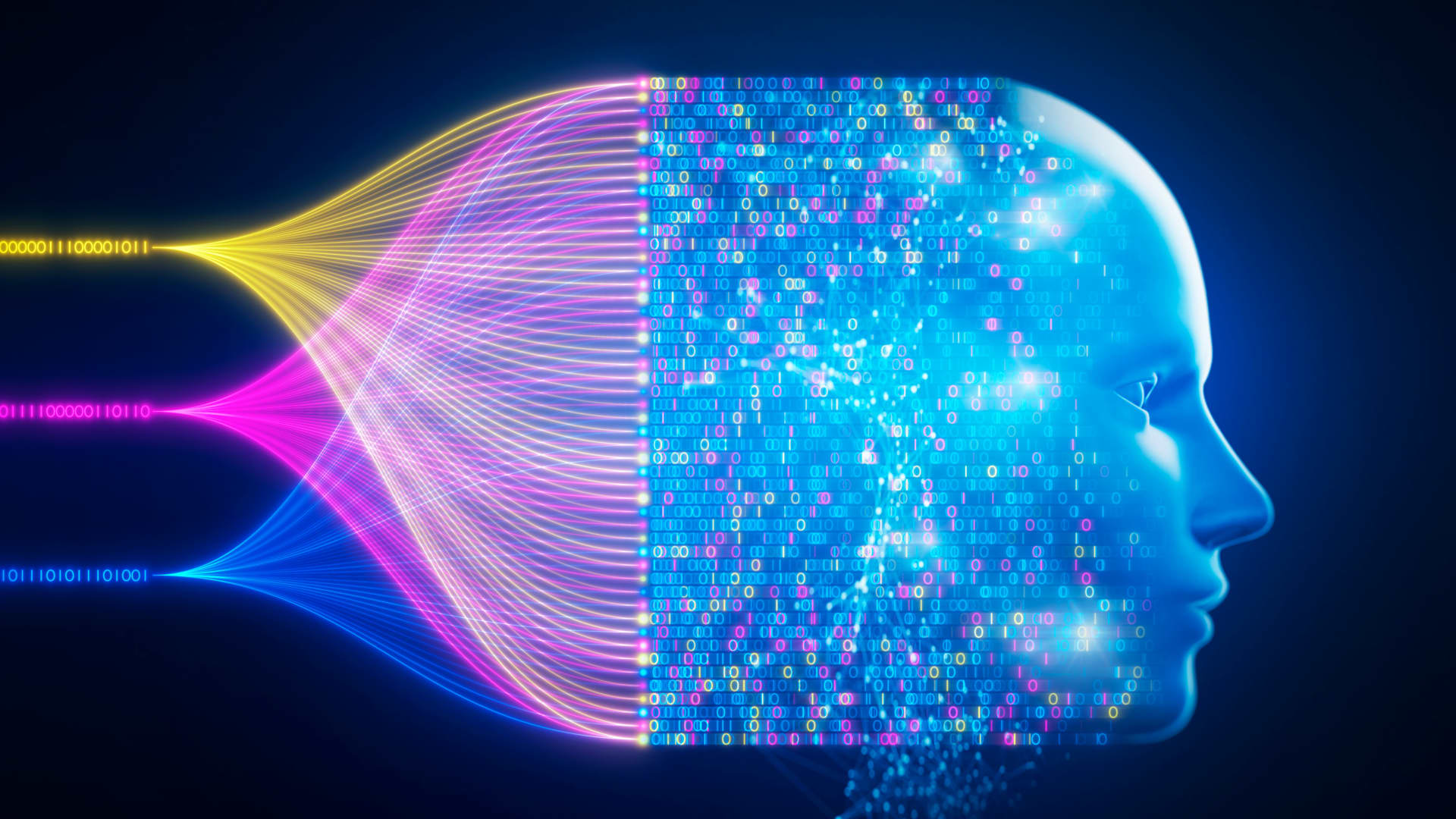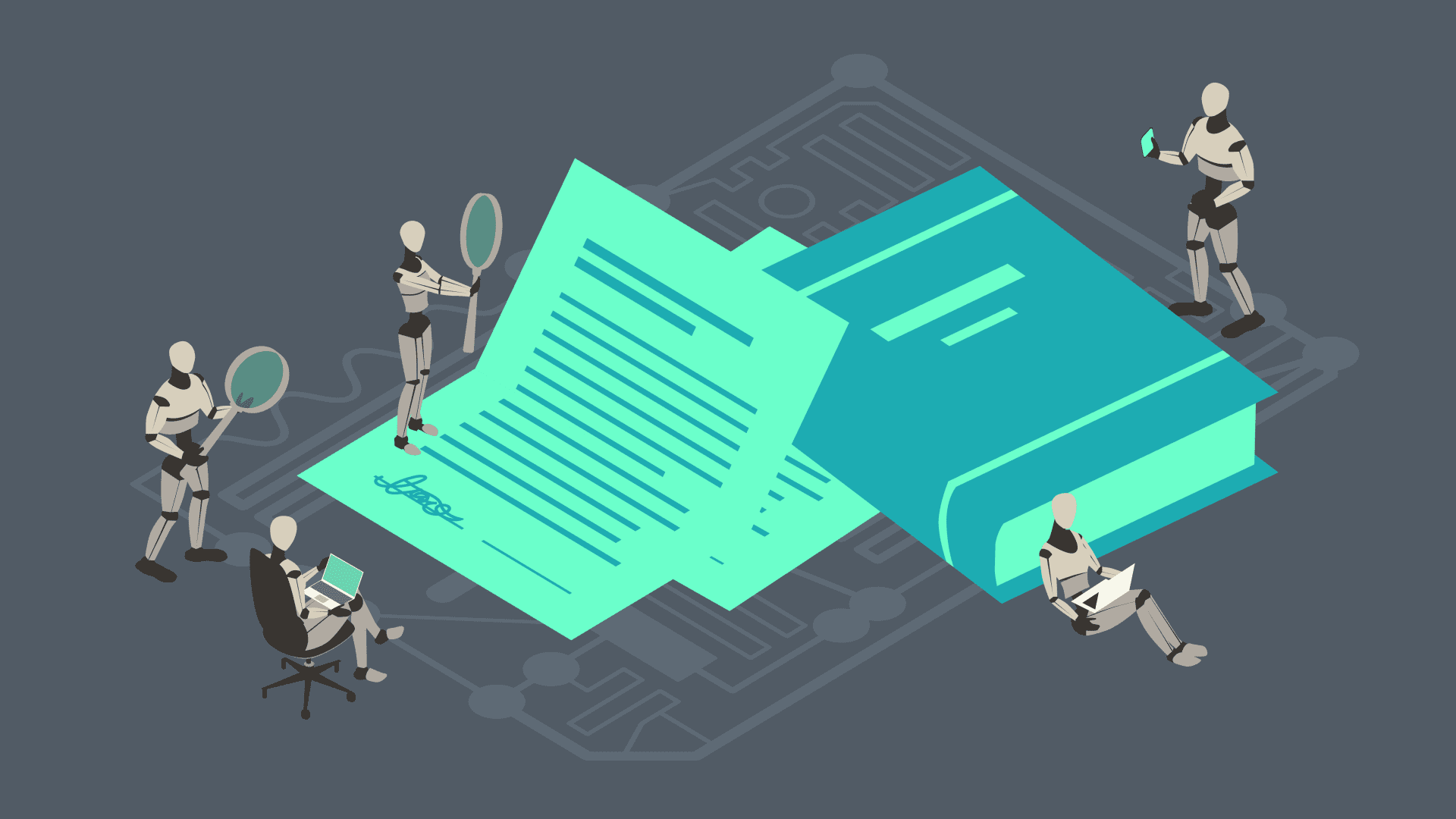Artificial intelligence (AI) has revolutionized numerous industries, and one of the most controversial applications of this technology is AI undressing. This concept refers to the use of AI algorithms to digitally remove clothing from images of individuals, creating realistic simulations of nudity. While the technology behind AI undressing is fascinating, it raises significant ethical, legal, and social concerns. This article delves into the mechanics of AI undressing, its applications, and the broader implications for privacy and consent.
AI undressing has gained attention due to its potential misuse and the ethical dilemmas it presents. As AI continues to evolve, understanding how this technology works and its impact on society is crucial. In this article, we will explore the technical aspects of AI undressing, its real-world applications, and the measures being taken to regulate its use. By the end of this guide, you will have a comprehensive understanding of AI undressing and its implications.
The rise of AI undressing tools has sparked debates about privacy, consent, and the ethical boundaries of AI development. This technology has the potential to harm individuals and violate their rights, making it essential to address these concerns proactively. Throughout this article, we will examine the ethical considerations, legal frameworks, and societal impacts of AI undressing, providing you with the knowledge to navigate this complex topic.
Read also:Oj Simpson The Controversial Case Of Who Killed Nicole Brown Simpson
Table of Contents
Introduction to AI Undressing
AI undressing is a subset of deep learning and computer vision technologies. It involves the use of neural networks to analyze and manipulate images, specifically to remove clothing from photographs. The process relies on training AI models on vast datasets of images, enabling them to recognize patterns and generate realistic outputs. While the technology itself is not inherently malicious, its misuse has raised alarms among privacy advocates and policymakers.
The primary goal of AI undressing is to create realistic simulations of nudity by digitally altering images. This is achieved through advanced algorithms that can identify and manipulate specific elements of an image, such as clothing. The resulting output often appears seamless, making it difficult to distinguish between the original and the altered image.
Key Features of AI Undressing Technology
- Uses deep learning models to analyze and manipulate images.
- Relies on large datasets for training AI algorithms.
- Produces realistic and high-quality outputs.
How AI Undressing Works
AI undressing operates on the principles of deep learning and computer vision. The process begins with the collection of a large dataset of images, which are used to train the AI model. These datasets typically include images of people wearing various types of clothing, as well as images of individuals without clothing. The AI model learns to identify patterns and relationships between clothing and the human body, enabling it to generate realistic simulations of nudity.
Once the model is trained, it can be applied to new images to remove clothing and create altered versions. The AI algorithm analyzes the input image, identifies the clothing, and replaces it with a simulated version of the underlying body. This process is highly complex and requires significant computational power to achieve accurate results.
Steps Involved in AI Undressing
- Data collection and preprocessing.
- Training the AI model using deep learning techniques.
- Testing and refining the model for accuracy.
- Applying the model to new images for undressing.
Applications of AI Undressing
While AI undressing is often associated with unethical practices, it does have some legitimate applications. For example, in the fashion industry, AI undressing can be used to create virtual try-on experiences, allowing customers to see how clothing fits without physically trying it on. This application has the potential to enhance the online shopping experience and reduce return rates.
Another potential application is in the field of medical imaging. AI undressing technology can be adapted to analyze and enhance medical scans, providing doctors with clearer and more detailed images. This could improve diagnostic accuracy and patient outcomes.
Read also:Who Is Eric Daugherty A Comprehensive Guide To His Life Career And Achievements
Positive Applications of AI Undressing
- Virtual try-on experiences in fashion retail.
- Enhanced medical imaging for better diagnostics.
- Artistic and creative projects involving digital manipulation.
Ethical Concerns Surrounding AI Undressing
The misuse of AI undressing technology has raised significant ethical concerns. One of the primary issues is the violation of privacy and consent. Individuals whose images are altered without their knowledge or permission are effectively stripped of their autonomy, leading to potential harm and distress.
Another ethical concern is the potential for AI undressing to perpetuate harmful stereotypes and objectify individuals. By creating realistic simulations of nudity, this technology can contribute to the commodification of the human body and reinforce negative societal norms.
Key Ethical Issues
- Violation of privacy and consent.
- Objectification and commodification of the human body.
- Potential for misuse in harassment and cyberbullying.
Legal Implications of AI Undressing
The legal landscape surrounding AI undressing is complex and evolving. In many jurisdictions, the unauthorized use of AI undressing technology to alter images of individuals is considered a violation of privacy laws. Depending on the context, it may also constitute harassment, defamation, or even revenge porn.
Governments and regulatory bodies are increasingly recognizing the need to address the legal challenges posed by AI undressing. New laws and regulations are being introduced to hold perpetrators accountable and protect individuals from harm.
Legal Frameworks Addressing AI Undressing
- Privacy laws and data protection regulations.
- Cybercrime legislation targeting harassment and defamation.
- Specific laws addressing revenge porn and non-consensual image sharing.
Privacy and Consent in AI Undressing
Privacy and consent are at the heart of the ethical and legal debates surrounding AI undressing. For any use of this technology to be considered ethical, it must be based on informed consent. This means that individuals must be fully aware of how their images will be used and must explicitly agree to the process.
Unfortunately, many instances of AI undressing occur without the knowledge or consent of the individuals involved. This lack of transparency and accountability undermines trust and highlights the need for stricter regulations and enforcement mechanisms.
Ensuring Privacy and Consent
- Implementing clear consent protocols for image use.
- Providing individuals with control over their data.
- Enforcing transparency in AI undressing applications.
Regulating AI Undressing: Current Efforts
Regulating AI undressing is a complex challenge that requires collaboration between governments, tech companies, and civil society. Several initiatives are underway to address the misuse of this technology and protect individuals from harm.
One approach is the development of ethical guidelines and standards for AI development. These guidelines emphasize the importance of transparency, accountability, and respect for human rights. Additionally, governments are exploring legislative measures to criminalize the unauthorized use of AI undressing technology.
Current Regulatory Efforts
- Development of ethical guidelines for AI developers.
- Legislative measures to criminalize misuse.
- Collaboration between stakeholders to address challenges.
The Future of AI Undressing
The future of AI undressing remains uncertain, as the technology continues to evolve and raise new challenges. While there are legitimate applications for this technology, its potential for misuse cannot be ignored. As AI undressing becomes more advanced, it is essential to strike a balance between innovation and ethical considerations.
Looking ahead, the development of robust regulatory frameworks and ethical guidelines will play a crucial role in shaping the future of AI undressing. By addressing the concerns of privacy, consent, and accountability, society can harness the benefits of this technology while minimizing its risks.
Predictions for the Future
- Increased regulation and oversight of AI undressing.
- Growth in legitimate applications, such as virtual try-ons.
- Advancements in AI ethics and accountability measures.
Conclusion
AI undressing is a powerful and controversial technology that has the potential to impact privacy, consent, and societal norms. While it offers some legitimate applications, its misuse poses significant ethical and legal challenges. Understanding the mechanics of AI undressing, its applications, and its implications is essential for navigating this complex topic.
As AI continues to evolve, it is crucial to prioritize ethical considerations and regulatory measures to protect individuals from harm. By fostering transparency, accountability, and respect for human rights, we can harness the benefits of AI undressing while minimizing its risks. We invite you to share your thoughts on this topic in the comments below or explore other articles on our site to learn more about AI and its impact on society.

